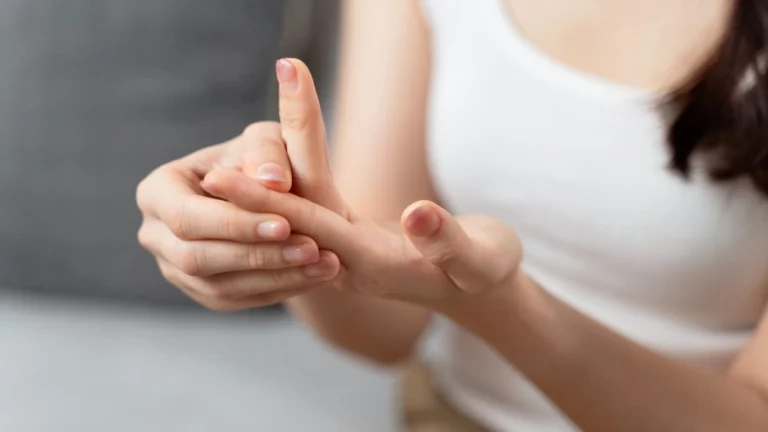Natural Rheumatoid Arthritis Pain Relief Without Drugs: Feel Better Fast
If you’re living with rheumatoid arthritis (RA), you know how relentless the pain can be. Finding relief without leaning heavily on medications is something many of us hope for, especially when side effects or long-term use feel overwhelming. As a Rheumatology nurse practitioner, I’ve spent years walking alongside patients, witnessing their struggles and triumphs firsthand. Trust me, there are ways to manage and soothe RA pain that don’t always involve popping pills. So, if you’re wondering how to find rheumatoid arthritis pain relief without medication, you’re in the right place. Let’s dive into some practical, approachable strategies that really make a difference.
Understanding Rheumatoid Arthritis Pain: Why Relief Beyond Meds Matters
Before we jump into relief options, it’s helpful to understand why RA pain is so tricky. Rheumatoid arthritis is an autoimmune condition where your immune system mistakenly attacks your joints, causing inflammation, swelling, and stiffness. Unlike typical wear-and-tear arthritis, RA can affect multiple joints and sometimes even other organs. Because of this, managing pain isn’t just about soothing soreness but also calming ongoing inflammation.
Medications like NSAIDs, corticosteroids, or DMARDs (disease-modifying antirheumatic drugs) play a vital role in controlling inflammation and preventing joint damage. But medication isn’t the only tool. Sometimes, the best relief comes from combining medical treatments with lifestyle adjustments and alternative therapies. And in my experience, patients who explore these options often feel more empowered and in control.
Why Look Beyond Medication?
- Side effects: Long-term medication use can bring unwanted effects like digestive issues, fatigue, or immune suppression.
- Medication tolerance: Over time, some meds may become less effective or require adjustments.
- Personal preference: Some patients want to minimize drug intake whenever possible.
- Holistic wellness: Pain relief without meds encourages healthier habits that benefit the whole body.
In my nursing practice, I’ve seen how combining approaches can bring noticeable relief and improve quality of life. Let’s explore some of the most effective strategies that go beyond medication.
How to Find Rheumatoid Arthritis Pain Relief Without Medication: Practical Approaches That Work
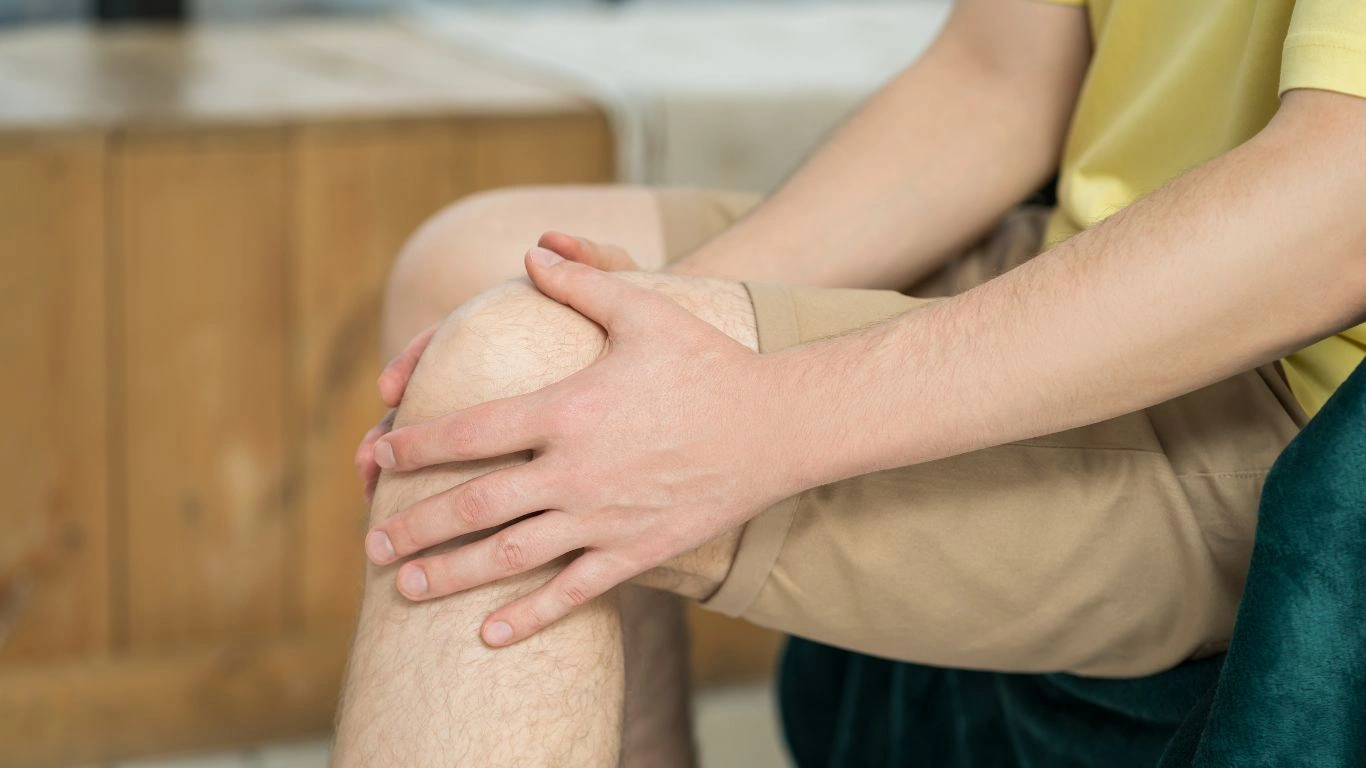
1. Gentle Movement and Physical Therapy
It might sound counterintuitive to move when your joints hurt, but movement is actually one of the best ways to reduce RA pain. Keeping your joints flexible and muscles strong helps prevent stiffness and supports joint stability.
In my experience, patients who stick to a tailored exercise routine often report less pain and better function. This can be as simple as:
- Light stretching to maintain flexibility
- Low-impact exercises like swimming or cycling to reduce joint strain
- Physical therapy sessions that target strengthening and correct movement patterns
Working with a physical therapist familiar with RA can be a game-changer, as they design routines that respect your limits while encouraging progress.
2. Heat and Cold Therapy
Temperature treatments are a classic, easy-to-do method that many overlook. Warm compresses or baths can relax stiff joints and improve blood flow. Conversely, cold packs can reduce inflammation and numb sharp pain.
When patients ask me for quick relief ideas, I often suggest trying both to see which feels better. For example, a warm soak in the tub in the morning to loosen up, and an ice pack after activity to calm inflammation. It’s simple, affordable, and effective.
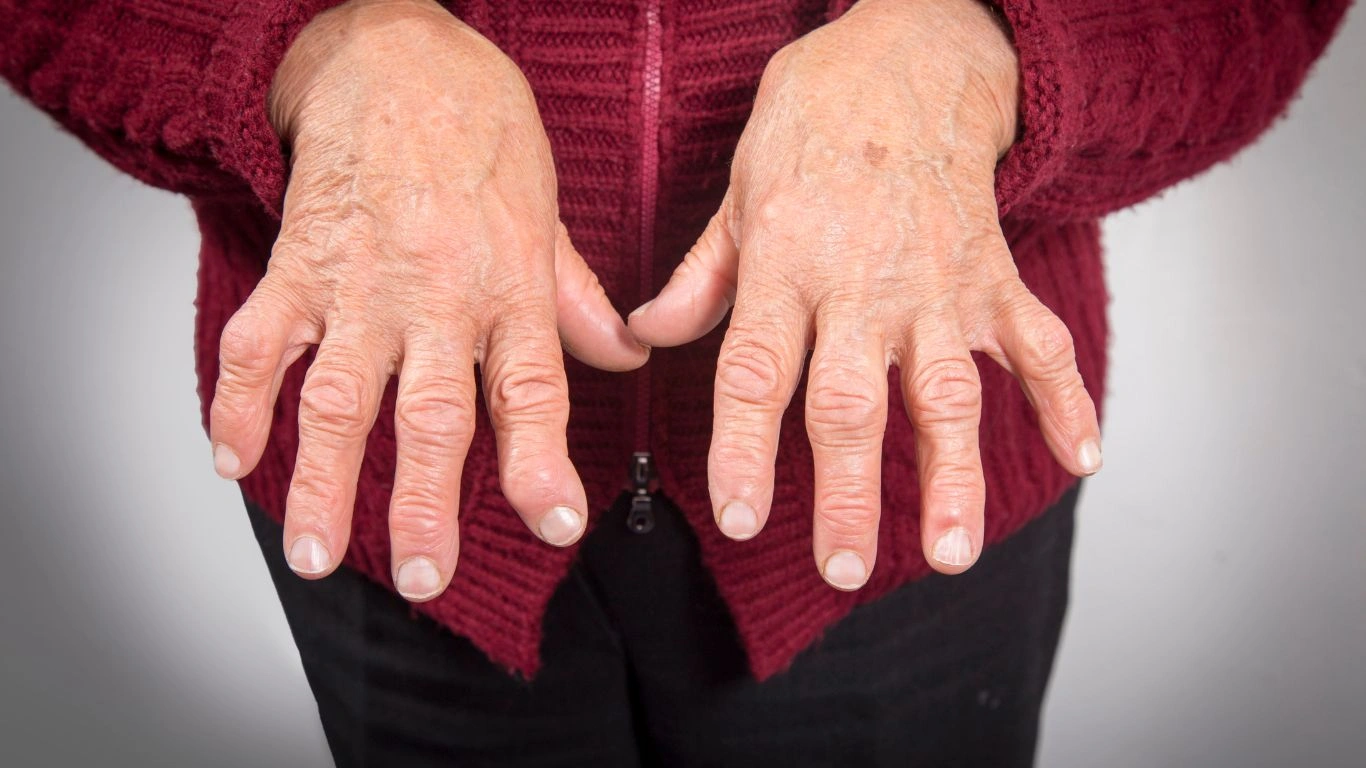
3. Mind-Body Techniques
One of the biggest surprises I’ve noticed in clinical practice is how much mental health impacts pain perception. Stress and anxiety can actually worsen how much pain you feel. That’s why mind-body approaches like meditation, deep breathing, and yoga have gained so much traction.
These techniques don’t just calm your mind; they influence your nervous system to reduce pain signals and promote relaxation. Patients who commit to regular mindfulness practices often describe less pain intensity and better sleep.
- Start with 5-10 minutes of guided meditation apps or simple breathing exercises.
- Try gentle yoga classes designed for arthritis or joint issues.
- Consider biofeedback or cognitive-behavioral therapy to manage pain coping strategies.
These practices take patience but can become powerful tools to regain control over your body and mind.
Diet and Nutrition: Fueling Your Body for Rheumatoid Arthritis Relief

When it comes to how to find rheumatoid arthritis pain relief without medication, what you eat plays a surprisingly big role. Over the years, I’ve seen patients experience real changes just by adjusting their diets. It’s not about quick fixes or miracle foods, but about consistently choosing ingredients that support your body’s natural ability to combat inflammation.
Anti-Inflammatory Foods to Include
Think of your plate as a tool to help calm your immune system. Some foods are natural inflammation fighters:
- Fatty fish like salmon, mackerel, and sardines are rich in omega-3 fatty acids, which reduce joint inflammation.
- Colorful fruits and vegetables such as berries, spinach, kale, and broccoli are packed with antioxidants.
- Whole grains like quinoa, brown rice, and oats provide fiber and nutrients without spiking blood sugar.
- Nuts and seeds including walnuts, flaxseeds, and chia seeds offer healthy fats and minerals.
In my clinical experience, patients who steadily incorporate these foods tend to report less stiffness and swelling. It’s not an overnight miracle, but more of a steady foundation for better joint health.
Foods to Avoid or Limit
On the flip side, some foods may trigger inflammation or exacerbate symptoms. These include:
- Processed and fried foods
- Sugary snacks and beverages
- Excessive red meat or high-fat dairy (especially for some people)
- Refined carbohydrates like white bread or pastries
Cutting back on these can help reduce flare-ups. Again, it’s about gradual lifestyle shifts rather than strict restrictions.
Complementary Therapies: Exploring Alternative Pain Relief Methods

Besides diet and exercise, many patients turn to complementary therapies to ease their RA pain. From my perspective as a nurse practitioner, these methods often provide an extra layer of relief and improve overall wellbeing when used alongside conventional treatments.
Acupuncture
This ancient practice uses thin needles inserted at specific points on the body to stimulate nerves and muscles. A number of patients I’ve worked with found acupuncture helpful for reducing pain and improving joint function, especially during flare-ups. While results vary, the minimal risk and potential benefit make it worth trying under the care of a licensed practitioner.
Massage Therapy
Massage can soothe tense muscles around affected joints and improve circulation, which helps reduce pain and stiffness. In my clinical work, I encourage patients to explore gentle massage techniques—whether professional or self-massage with tools like foam rollers or tennis balls. Just remember to communicate any sensitivity or pain so the pressure stays comfortable.
Supplements and Herbal Remedies
Some supplements might offer mild relief or support joint health, but it’s crucial to approach them carefully. I often advise patients to discuss any supplements with their healthcare provider to avoid interactions or side effects. Commonly used supplements include:
- Turmeric/curcumin – known for its anti-inflammatory properties
- Glucosamine and chondroitin – may help with cartilage health
- Fish oil – rich in omega-3 fatty acids
While these aren’t magic bullets, they can complement your overall management plan.
Creating a Supportive Environment: Small Changes, Big Impact
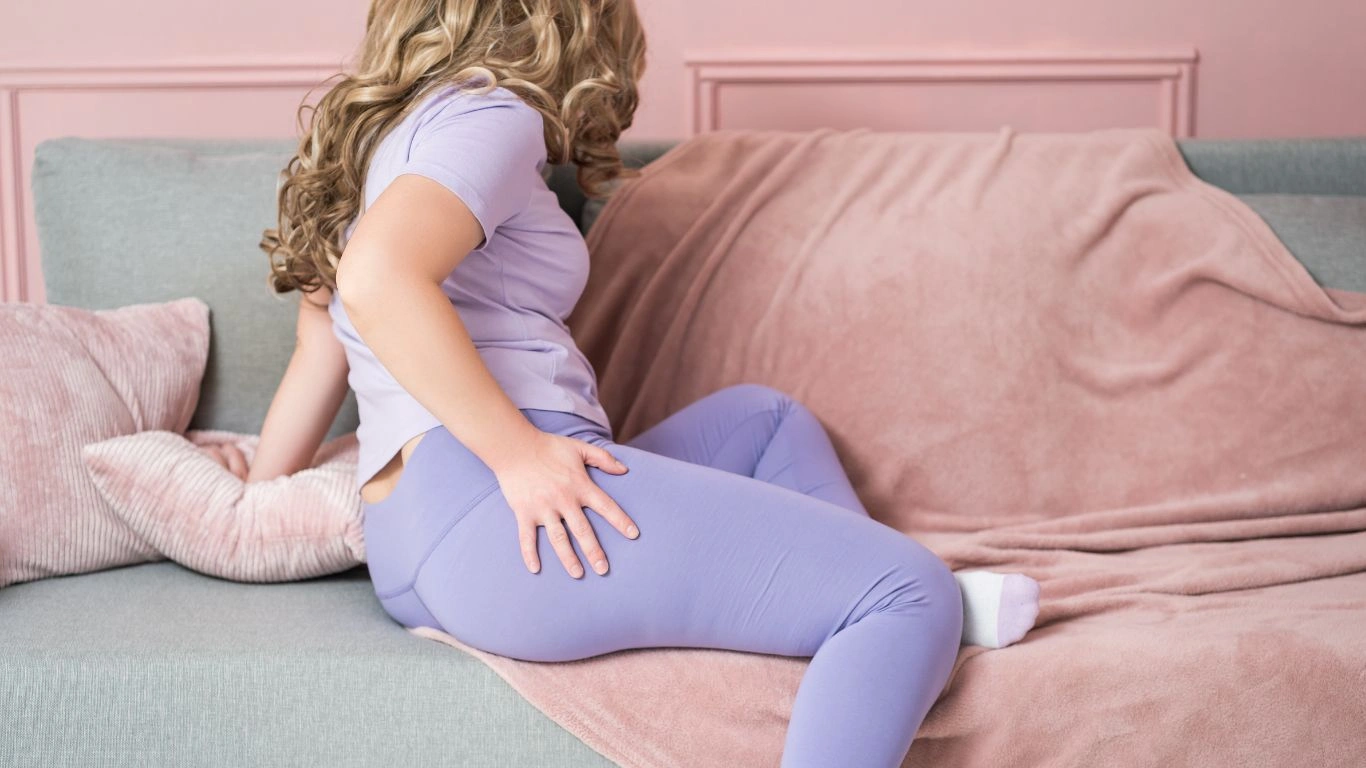
One thing I’ve learned through years of patient care is that pain relief often comes down to holistic, day-to-day choices. Beyond treatments and therapies, setting up your environment to support your needs can make life easier.
Ergonomic Tools and Adaptive Devices
Simple gadgets like ergonomic keyboards, jar openers, or cushioned grips can reduce strain on your joints. Patients often tell me how these small changes help conserve energy and minimize pain during daily tasks.
Rest and Sleep Hygiene
Never underestimate the power of good rest. RA pain can disrupt sleep, and poor sleep, in turn, worsens pain—a vicious cycle. Establishing a calming bedtime routine and creating a comfortable sleep environment can improve rest quality, which is essential for healing and pain management.
Emotional and Social Support
Living with a chronic condition can be isolating and stressful. Connecting with support groups, whether online or in person, offers a safe space to share experiences and coping strategies. Mental health is a crucial piece of pain relief, and I often recommend counseling or peer support as part of a comprehensive plan.
Stress Management and Lifestyle Habits for Long-Term Rheumatoid Arthritis Relief
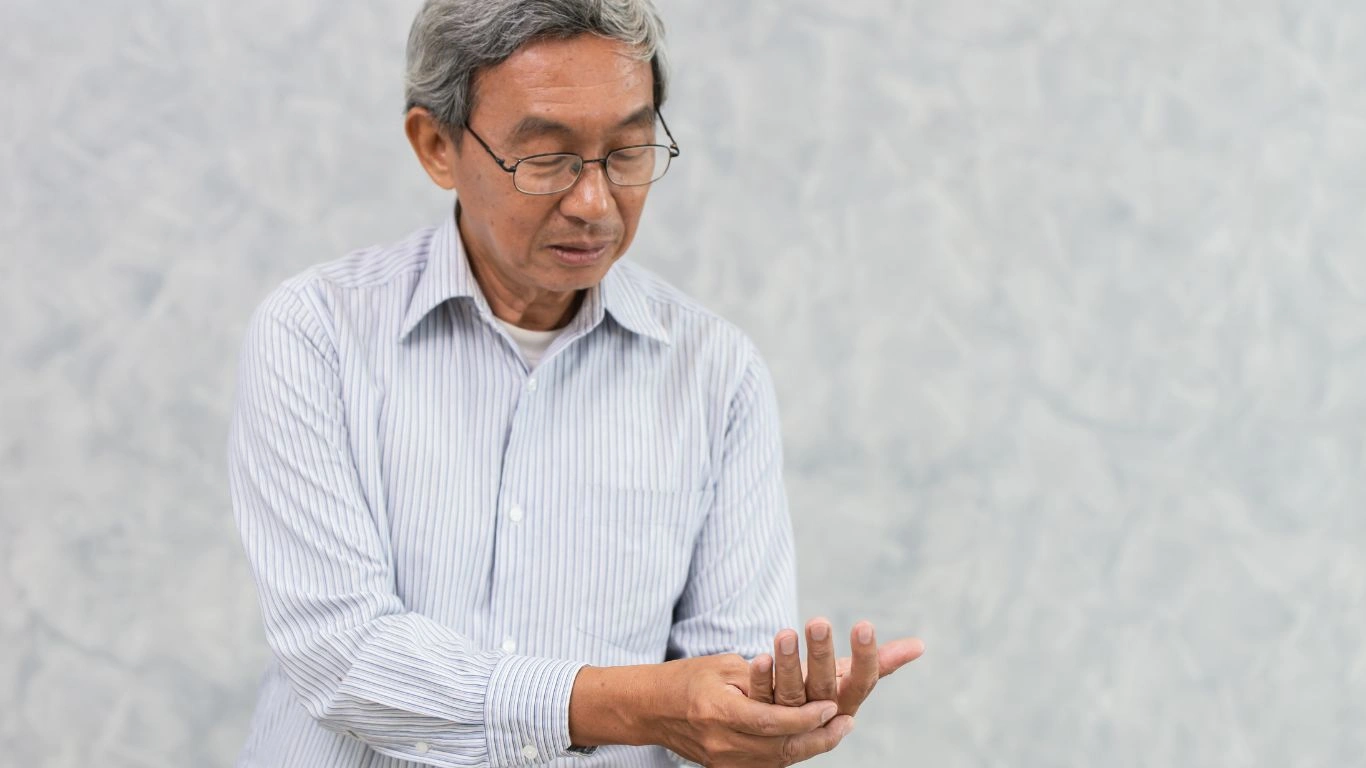
When you’re managing rheumatoid arthritis, stress can be a sneaky culprit that makes everything worse. I’ve seen it time and again in my practice: patients who are under constant stress tend to have more frequent flare-ups and higher pain levels. That’s why learning how to handle stress is a key piece of the puzzle in how to find rheumatoid arthritis pain relief without medication.
The Mind-Body Connection
Your brain and body are constantly chatting, especially when it comes to pain and inflammation. Chronic stress floods your system with hormones like cortisol and adrenaline, which can amplify inflammation and make pain feel sharper. Practicing stress reduction isn’t just about feeling calm; it actually helps dial down the immune system’s overactivity.
Some of the approaches I recommend to patients include:
- Mindfulness meditation: Spending just 10 minutes a day focusing on your breath or sensations can ease tension.
- Progressive muscle relaxation: Systematically tensing and relaxing muscle groups to release physical and mental tightness.
- Journaling: Writing down thoughts and emotions can help process stress and identify triggers.
- Regular breaks: Taking short pauses during your day to stretch, breathe deeply, or simply rest.
Personally, I’ve found that when I encourage patients to build these habits into their daily routine, they often report feeling more in control of their symptoms and less overwhelmed.
Quality Sleep: The Unsung Hero
One of the most overlooked contributors to pain management is good sleep. RA pain can disrupt your nights, but poor sleep also feeds into the pain cycle by reducing your body’s ability to repair and increasing sensitivity to pain.
To improve sleep quality, consider these tips I often share with my patients:
- Stick to a consistent bedtime: Going to bed and waking up at the same time helps regulate your internal clock.
- Create a soothing environment: Keep your bedroom cool, dark, and quiet. Consider blackout curtains or white noise machines.
- Limit screen time before bed: The blue light from phones and computers can interfere with melatonin production.
- Avoid heavy meals and caffeine late in the day: Both can disrupt your ability to fall asleep.
- Try gentle stretches or relaxation exercises: These can ease joint stiffness and prepare your body for rest.
Building a Personalized Pain Relief Plan: Your Body, Your Journey

At the end of the day, managing rheumatoid arthritis pain without medication is about crafting a plan that fits your unique needs and lifestyle. No single approach works for everyone, and what helps you might look different from what helps someone else. That’s where the art of personalized care comes in.
Here are some steps to help you design your own roadmap to relief:
- Keep a symptom diary: Track your pain levels, activities, diet, sleep, and mood to identify patterns and triggers.
- Set realistic goals: Maybe it’s walking a little further each week or trying a new stress relief technique. Small wins add up.
- Work closely with your healthcare team: Share your experiences honestly so your treatment can adjust as needed.
- Incorporate a variety of strategies: Combine movement, diet, mind-body methods, and supportive devices for a balanced approach.
- Be patient and flexible: Some days will be tougher, but persistence often leads to progress.
Throughout my years as a nurse practitioner, I’ve witnessed how empowering it is for patients to take charge of their own care this way. It’s not about avoiding medication at all costs but rather complementing it with lifestyle choices that help you feel your best.
References and Resources
- American College of Rheumatology
- Arthritis Foundation
- National Institute of Arthritis and Musculoskeletal and Skin Diseases
Disclaimer
This article is intended for informational purposes only and does not substitute professional medical advice. Always consult your healthcare provider before making any changes to your treatment plan or trying new therapies.

Tarra Nugroho is a dedicated Nurse Practitioner with a strong foundation in family and preventive care. She brings both compassion and clinical expertise to her practice, focusing on patient-centered care and health education. As a contributor to Healthusias.com, Tarra translates medical knowledge into clear, empowering articles on topics like women’s health, chronic disease management, and lifestyle medicine. Her mission is simple: help people feel seen, heard, and informed—both in the clinic and through the content she creates. When she’s not caring for patients, Tarra enjoys weekend hikes, plant-based cooking, and curling up with a good health podcast.






